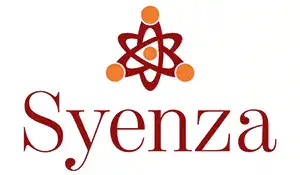Introduction:
Laparoscopic cholecystectomy is considered the primary technique for treating gallstone disease in Sweden. Within this surgical context, the choice of intraoperative imaging—be it Laparoscopic Ultrasonography (LUS) or Intraoperative Cholangiography (IOC)—has profound implications. In this article we explore the discourse on laparoscopic imaging techniques and shed light on their clinical efficacy, cost-effectiveness, and ethical considerations found by the Regional Health Technology Assessment Centre.
Clinical Efficacy of LUS vs. IOC
Laparoscopic cholecystectomy has significantly evolved, with imaging techniques like LUS and IOC playing critical roles in enhancing surgical outcomes. The recent Health Technology Assessment (HTA) scrutinises these methods, providing us with pivotal insights. While mortality and bile duct injury rates appear similar, LUS may reduce the need for conversion to open surgery. However, with a high level of uncertainty in procedural failure rates, it’s clear that more rigorous research is necessary to establish definitive clinical superiority.
Cost Implications: A Financial Analysis
The economic aspect of surgical imaging cannot be overlooked. Assuming similar safety and effectiveness, LUS’s shorter imaging time hints at potential cost savings. For instance, in Region Västra Götaland, a partial shift to LUS could yield annual savings up to 7.3 MSEK. Nevertheless, the initial investment in equipment and training necessitates a careful financial strategy, balancing short-term expenses with long-term gains.
Ethical Considerations: Balancing Risks and Benefits
Embarking on the use of a new clinical method without a solid understanding of its benefit-risk balance poses an ethical dilemma. The absence of clear risks associated with LUS allows for further research, but the unequal access to this imaging technique could be construed as an ethical issue. Moreover, the potential displacement of funds due to initial LUS implementation costs raises ethical questions regarding resource allocation.
The Future of Laparoscopic Imaging
The HTA underscores the need for well-designed studies to illuminate the full potential of LUS. Given the moderate certainty evidence supporting LUS’s shorter imaging time and the low certainty evidence suggesting fewer conversions to open surgery, the future of laparoscopic imaging in cholecystectomy appears promising. As we advance, the integration of robust clinical data, cost analysis, and ethical prudence will be critical in shaping the adoption of these technologies.
Conclusion:
Several considerations come to the fore when assessing new technology, as this HTA reaffirms. It’s crucial to strike a fine balance. We need to ensure that new technology not only meets clinical efficacy requirements but also offers a cost-effective solution. This HTA from Sweden exemplifies the ethical considerations that should be part of any HTA. Therefore, it deserves applause.





